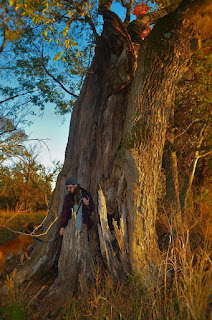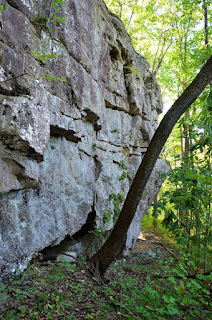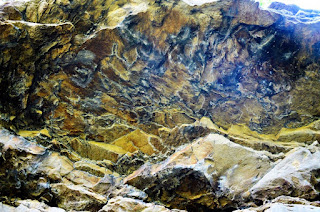By Harley Phillips
Everyone loves looking at something profound.
Nature is the most beautiful work of art that will ever exist, and it was here long before us. I have always found myself taking photos outdoors because of all of the color that can brighten up any photo. It is possible for anyone to be an impressive landscape photographer. Anyone can take a pretty picture, however there are secrets behind taking a mesmerizing photo. Hopefully what is discussed in my blog will guide you on your way to becoming a stunning landscape photographer!
The following blog article will explain landscape photography. I put this blog together hoping to motivate more people to try landscape photography. I explain, the equipment I carry, getting to know your camera, and how to start finding inspiration.
What I'm Working with: (Also an affordable option for you!)
· DSLR Camera (Digital Single-Lens Reflex Camera)
· Nikon D3200 $449.95 (Link for preview or purchase provided below:)
· Nikon DX AF-S NIKKOR 18-55mm 1:3.5-5.6G (VR-Vibration Reduction, SWM- Silent Wave Motor, AS- Aspherical Lens Elements, A-M, Auto-Manual Mode) $199.95 Link for preview or purchase provided below:

· 24 MP CMOS sensor
· Expeed 3 processing (same as used for the D4 and D800 series)
· 3.0", 920k dot screen
· Full HD 1080p30 video (with 25p & 24p options)
· Microphone Socket
· 4 frame-per-second continuous shooting
· Guide mode
Lastly, is my travel worthy $10 Wal-Mart Targus tri-pod!
Deciding what kind of camera, you want is completely up to you, it doesn't even need to be an expensive one unless you're looking to make a hobby or career out of photography. I am currently still perfecting my skills and have found exceptional use and quality with my equipment.
Part-One: Get to Know Your Camera
The first time I picked my Nikon up it was as if my mind had been opened to a whole new world of photography. No, my Nikon was not the first DSLR camera I messed around with, but it was the first one I had to myself and could play with for hours.

Although, DSLR cameras have automatic modes, there will also be times when you may need to adjust your camera settings. For landscape photography, this is an important step considering our world has day and nighttime.
For a beginner, the link below will give you insite on the basics of getting to know your camera:
Not only is there a lot of settings to mess with and think about when taking photos, cameras also tend to have a lot of abbreviated words. Unless you're educated in photography you'll most likely find yourself researching words, etc, quite often.
Part-Two: Inspiration
GO OUTDOORS! Spend time outside on our beautiful planet. Think about what inspired you to want to try landscape photography.
Be the lens, find a beautiful view and focus in on it.
Go to that favorite waterfall of yours and scope out the surrounding area until you find its most attractive angle.
This doesn't mean that you need to prepare to take the most amazing picture on earth of your favorite waterfall. This is just something to bring out creativity and open your eyes to view something more in-depth than before.
When you feel as though you are ready to give it a shot, shoot it!
The following link has a few awesome tips on Landscape Photography:
Part-Three: Things to Consider
 You don’t really need anything fancy when it comes to landscape photography, the pictures speak for themselves. Pay attention to the lighting, that’s one of the most important parts of shooting landscapes!
You don’t really need anything fancy when it comes to landscape photography, the pictures speak for themselves. Pay attention to the lighting, that’s one of the most important parts of shooting landscapes!
Don’t spend all day hiking to a spot for a gorgeous photo that is poorly lit. Try to take photos that are not within an hour before or after sunrise and sunset. Continue practicing taking photos at the same place. The atmosphere around us is always changing meaning our photos will change some as well.
Depending on the weather, the sky and the season will give you an idea about the atmosphere to expect. I cannot stress enough that your photos need to be attractive. Take photos that are so beautiful that others can feel emotion by looking at them.
Some photos look even better when they are black & white, especially because of the vibe the photo gives off. Don’t be afraid to take switch things up.
Part-Four: Experience
It’s not about how much experience you have. If landscape photography was about anything at all I would say it’s about patience.
Find your inspiration, so you become interested.
Get to know your camera, so you already know what you’re aiming for.
Consider your surroundings and atmosphere.
Part-Five: My Experience
All photos throughout this DIY were taken with my Nikon D3200.
###








No comments:
Post a Comment